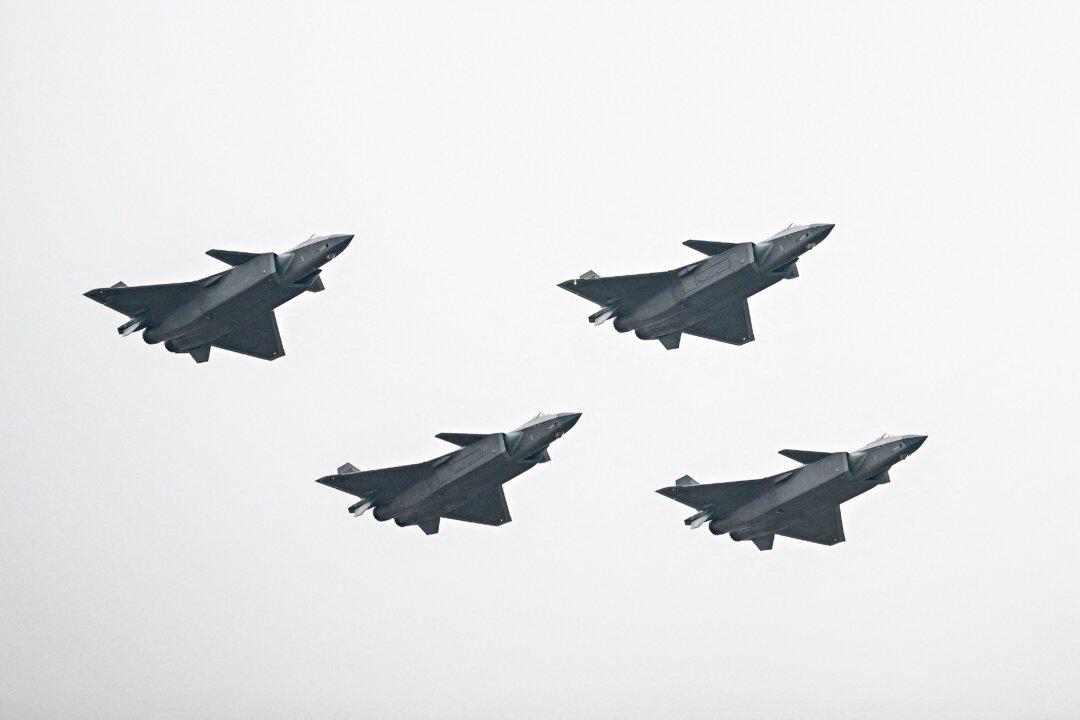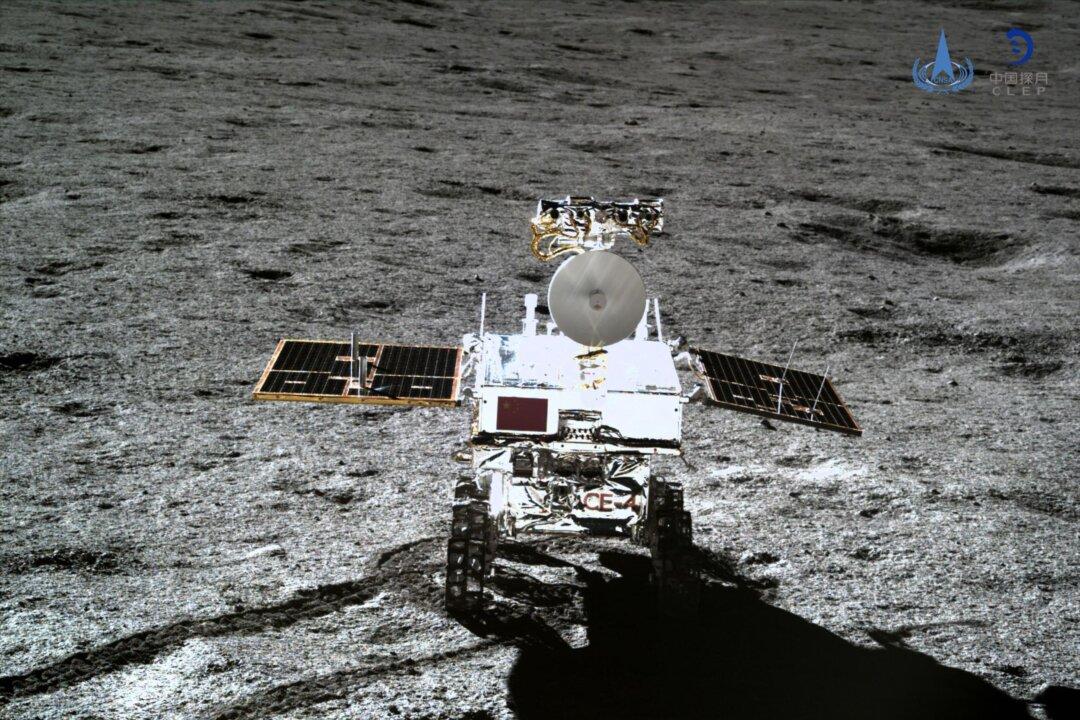Commentary
Although canceled in 2020 because of COVID-19, the Chinese Communist Party’s (CCP’s) Zhuhai air, ground, and naval weapons show is staged every two years, primarily to show to the United States, Japan, and Taiwan the accelerating military investments it will use to defeat Taiwan, then subdue the United States and all other democracies on its way to global hegemony.





